
Director of Photography
When a politician is killed, a journalist discovers that a member of parliament had the man assassinated. As his editor digs deeper, the complicity of higher-placed politicians comes to the surface, which leads to riots in one town and an attempt to suppress his story.

Director of Photography
Divided into three parts — The Awakening, The Struggle, and Freedom — this is a biographical film on Pandit Jawaharlal Nehru, the first Prime Minister of independent India. Relying on Nehru's writings and speeches, the film traces the evolution of Nehru from his birth through his life. It also deals with the effect of history on Nehru and in turn his impact on the world.

Director of Photography
In the time frame of a single day (from dawn to dust), the film records the wanderings of an Indian youth who sleeps on the beach, holds conversations with a statue of Mahatma Gandhi, and scavenges for food with his monkey. By afternoon, a little ceremony is held by well-to-do Gandhi-ites, at which a speaker delivers a sermon on "godly love"; but when the boy comes too close, he is told to move on by a guard, one of a series of exclusions of this onlooker-outcast.

Director of Photography
An English novelist travels to Bombay to watch one of her novels translated to film. She chases after the movie's leading man while the screenwriter chases after her.
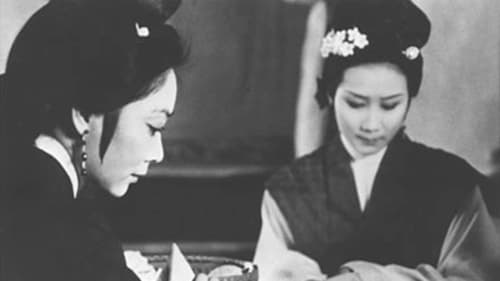
Director of Photography
A widow upholds feudal virtue by suppressing her love for a cavalry captain in favor of her daughter.

Director of Photography
Britain's top pop artiste, Tom Pickle, travels to Bombay, India, circa 1960s to learn to play the sitar from renowned maestro Ustad Zafar Khan.

Self
In 1967, Canadian documentarian James Beveridge traveled to Kolkata to film director Satyajit Ray at work. The resulting program, produced for the American public television series “The Creative Person,” features interviews with Ray, several of his actors and crew members, and film critic Chidananda Das Gupta.

Director of Photography
Arindam, a matinee idol, is going by train to collect an acting award. On the train, he is confronted by Aditi, a journalist who somewhat unwillingly starts to take his interview. Arindam, won over by Aditi's naivete, starts to disclose his past, his fears and his secrets.
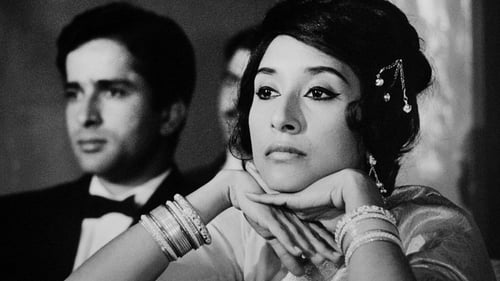
Director of Photography
The story of a family troupe of English actors who travel around the towns and villages in India giving performances of Shakespearean plays. Through their travels we see the changing face of India as the old is replaced by the new, Maharajas become hotel owners, sports become more important than culture and the theater is replaced by Bollywood movies. Based on the travels of Geoffrey Kendal with his daughter Felicity Kendal.
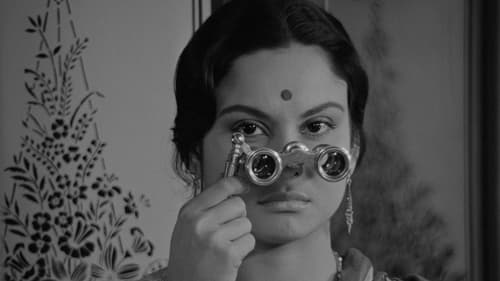
Director of Photography
Baseado em um conto de Rabindranath Tagore, A Esposa Solitária conta a história delicada de um casamento em risco e de uma mulher que dá os primeiros passos para estabelecer sua própria voz.

Director of Photography
Follows the fortunes of a young teacher, Prem, who isn't ready to take on the responsibilities of his arranged marriage.

Director of Photography
Life at home changes when a housewife from a middle-class, conservative family in Calcutta gets a job as a salesperson.

Director of Photography
Played out in real time, several complex family dramas intersect in the landscape of the Himalayan foothills, allowing the Bengali auteur to examine the class and generational differences of postcolonial India while celebrating the hopes of a society in transition.
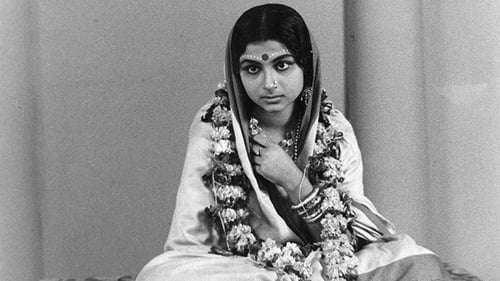
Director of Photography
The life of a woman happily married to the son of an upper-class family in 19th century Bengal is turned upside down when her father-in-law has a vision that she is the Goddess Kali returned to earth. He convinces her to fulfill her role as a living deity and transform her house into a temple.
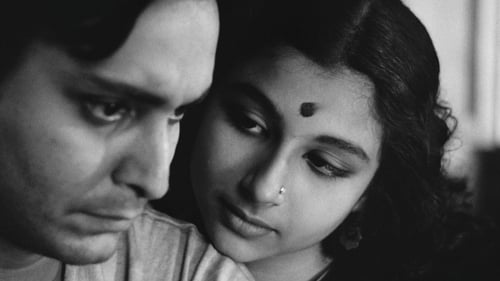
Director of Photography
Apu é um estudante recém-formado e desempregado que sonha em ser escritor. Um amigo de escola o convida para um casamento e ele acaba como o noivo da garota que estaria se casando. Mesmo com repulsa pela idéia, ele aceita e a leva, posteriormente, de volta a Calcutá.
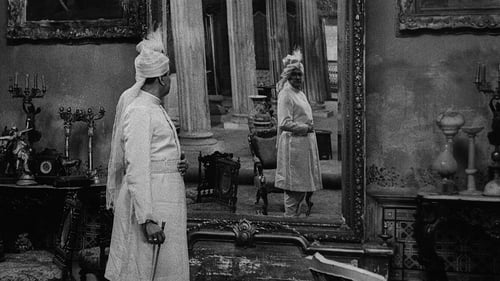
Director of Photography
O último representante de uma alta casta insiste em manter o padrão de vida de seus antepassados, mesmo vivendo uma situação cada vez mais difícil. Uma das coisas da qual não abre mão é a enorme sala de música de sua mansão. Seu amor à música e seus atos acabam levando sua família à ruína.

Director of Photography
An underpaid middle-aged clerk finds a stone that changes iron to gold on touch.
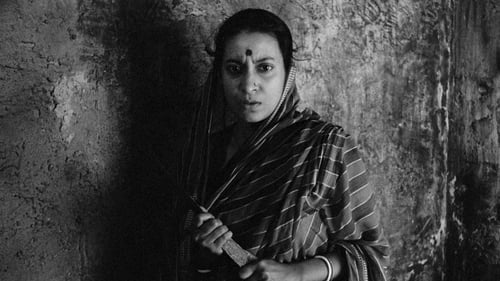
Director of Photography
Segundo filme da trilogia sobre a vida de Apu que aqui consegue uma bolsa de estudos e sai de casa, mas a mãe não suporta sua ausência. Leão de Ouro no Festival de Cinema de Veneza.
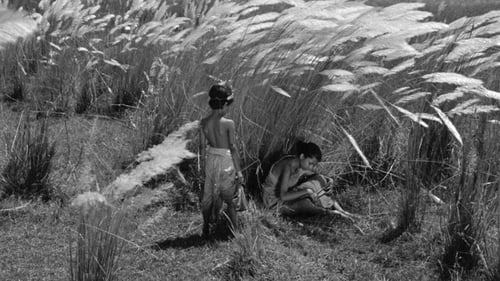
Director of Photography
No início do século 20, Abul é um menino pertencente a uma pobre família brâmane de um vilarejo na Índia. Seu pai, poeta e sacerdote, é forçado a deixar seus entes queridos em busca de trabalho. Uma das obras-prima do cinema mundial, inédita no Brasil e nas Américas. Este filme foi a estréia espetacular de Satyati Ray. Recuperada a finais dos anos 90, pois um incêndio destruiu os negativos originais, esta é a primeira fita, que deu origem a Trilogia de Apu. Nela se narra a comovente história de uma família de Bengali perseguida pela má sorte. O pai, Harihara, é um sacerdote mundano, curandeiro, sonhador e poeta. Sabajaya, a mãe trabalha para alimentar a uma família, que recebe com alegria e esperança a chegada de um novo filho, Apu.


















